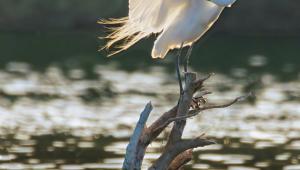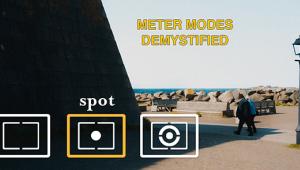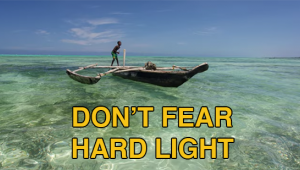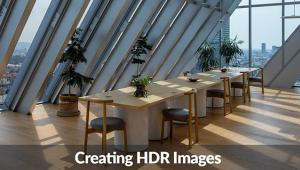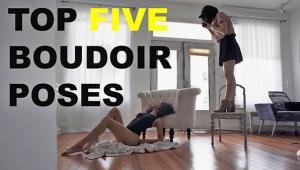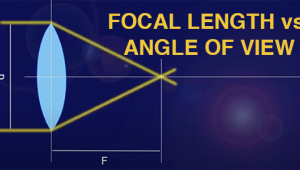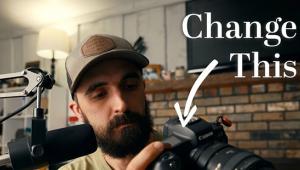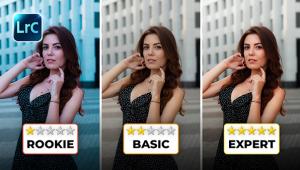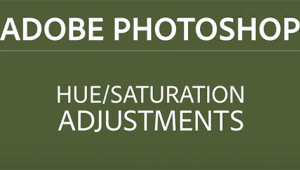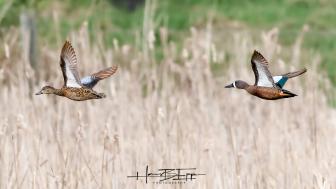photokina Special Coverage; Large Format Cameras: A Rare Treat, And “Stitchers,” Too Page 2
 |
|
|
Moving on to the medium format/large format crossover, there's even
a digital SLR/large format baby view camera from Cambo. The X2-PRO is designed
to take high-end digital SLRs on the back: not an ideal solution, because the
depth of the camera body limits movements, but economical.
Horseman's SW-DII Pro is a small, light "pancake" stitching
camera: an increasingly popular way of getting high-megapixel counts and superb
quality at a (relatively) modest cost. Cambo's Digital Wide DS is another.
Dr. Gilde showed a stitching back for his well-established 617, too, together
with a selection of viewfinder masks for single shots, double-stitches, and
triple-stitches, with the back in either vertical or horizontal position. He
was slightly nervous at the show because the back had not been fitted to the
camera, but smiled broadly when he tried it: both sides had kept their tolerances
so tiny that it worked perfectly.
 |
|
|
This was something that all the manufacturers of digital back medium format/large
format took great pains to emphasize: it is all but essential to match the camera
to the back (or vice versa). If you don't, and there's a problem,
the customer doesn't know where the fault lies. Often, as with the Gilde,
you'll be OK; but if the camera is at one limit of its manufacturer's
tolerance, and the back is at the other limit of the other manufacturer's
tolerance, there will be a significant loss of image quality. This is why both
Hasselblad and Rollei emphasized that their digital back SLRs are designed and
built as a unit, even when the camera and back are separable: it's the
only way to ensure maximum image quality.
The ultimate stitching camera, though, must be ALPA's 12 XY. As its name
suggests, it offers unusually large movement on both X and Y axes. It looks
almost completely unlike a camera: a big, flat, dull-black metal sheet on which
the lens moves up-down and left-right with unbelievable precision via micrometer
drives that can be clutched in or out, and it is perfect for such applications
as photographing interiors. Not one photographer in a thousand will need it,
but for those who do, the 12 XY is the only choice if you can afford it (like
all ALPA products, it's very expensive). Before they had completed the
first production camera, they had already pre-sold 20 of them.
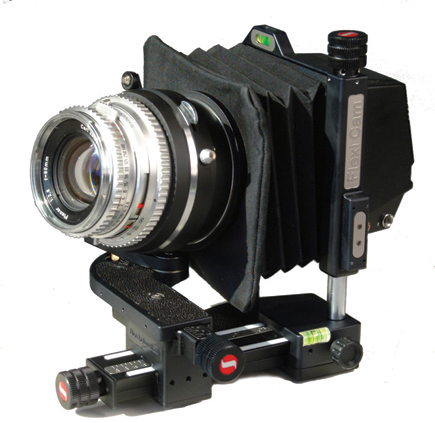 |
|
|
Moving on to what one might call, for want of a better term, "baby view"
cameras for digital use, the leading contenders were Silvestri, Cambo, and Horseman.
Silvestri's Flexicam 2 is essentially a much smaller, lighter version
of their existing Bicam, which remains in production for when you need maximum
versatility in the studio. With micrometer movements for both shifts and swings,
it allows the kind of control and precision that is essential with digital backs,
where tolerances of 0.001mm (1/2 of a thousandth of an inch) are what you are
really looking for. Film, which never lies really flat, is nothing like as precise.
When I asked Signora Silvestri what real advantage the new camera enjoyed over
the old, she replied succinctly, "Four kilos"
(just under 9 lbs). Something that few non-engineers appreciate is that for
a given quality of materials and engineering, the correlation between weight
and price is surprisingly high, so if you can reduce weight, you can usually
reduce the price as well. Or of course you can make something more crudely out
of bigger bits, but this is not the same thing.
The Cambo has already been mentioned, but Horseman's LD-PRO is more conventional
in accepting high-end "medium format" backs from Hasselblad (including
film), Phase One, Imacon, Leaf, and Sinar. It also has a unique vertical stitch
function, a sort of extra rear rise of a full 40mm.
So, what is the state of play in large format? Well, as with medium format,
those who predict the disappearance of anything other than 35mm-style SLRs with
ever-higher pixel counts are somewhat missing the point. Yes, you can do a lot
with 10-20 megapixels in a 35mm-style camera--but you certainly can't
do all that you can do with a bigger sensor and 30 megapixels or more. And there
will always be those whose artistic vision prefers film, and large areas of
it, no matter how many megapixels are on offer.
- Log in or register to post comments










